Bringing the Outside Inside
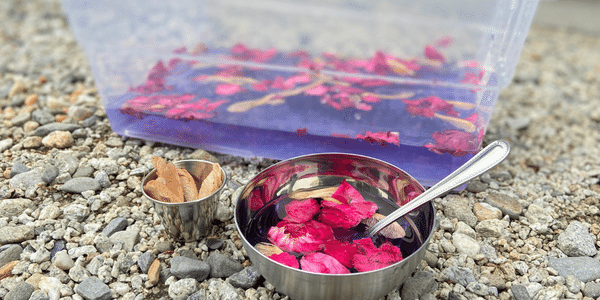
Bringing the Outside In (to your Classroom)
‘Tis the season to enjoy the sunny summery weather and take advantage of bringing process art and sensory play outdoors or bring the outdoors inside. Using natural materials is a way to bridge the gap between your classroom and children’s real-life experiences, while also being accessible to all children.
Here are some simple ways to incorporate nature into your learning activities which can happen inside or outside.
Play dough with natural materials:
We love this simple and engaging activity. Do you have play dough that is on its way out and has already been played with many times? Gather a bunch of found materials or take the children on a nature hunt and set the materials out with your dough. We suggest gathering small sticks, stones, seeds, leaves, and other interesting materials. Children can create and design with these materials and then it can all be tossed in the compost or trash when you’re done!
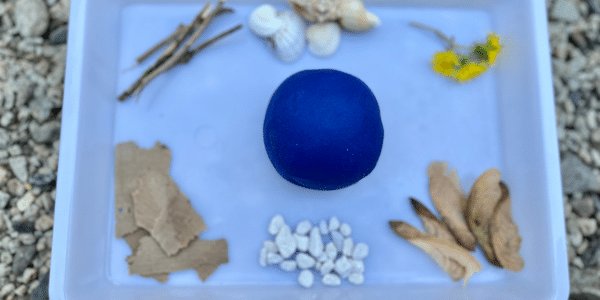
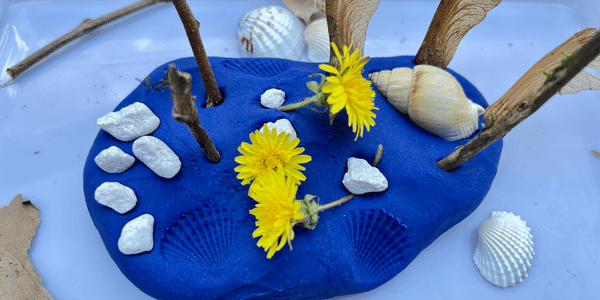
Fairy Soup:
Sensory play is another way to explore natural materials. If you have a bouquet of flowers that is beginning to wilt, or if your school is in an area where you can collect flowers, leaves, or other natural materials, use them to create Fairy Soup by adding these to a bin of water. Give children bowls, spoons, or any other kitchen supplies for “cooking,” and let their imaginations run wild! If you choose to use dried rose petals, as pictured here, your children may notice that the water will begin to change colors after a while. Will the water change color with fresh flower petals? Try it and see! You can make predictions about what will happen to the water based on the colors or types of materials you use for your fairy soup.
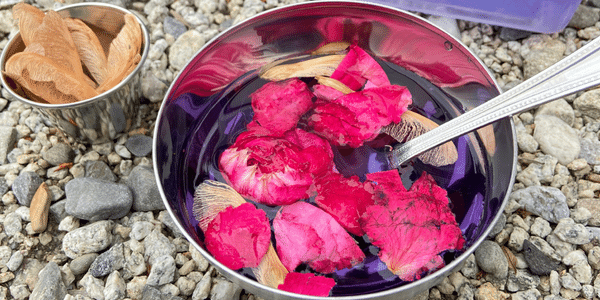
Nature Wands:
Many children delight in pretending with magic wands. We love setting up materials for children to create their own magic wands using materials from nature. All you need are wand length sticks, yarn, chenille craft stems, and natural items such as flowers (we love dandelions), seed pods (like samaras from maple trees), or long grasses. If you don’t have access to nature items, it’s also fun to add feathers, beads, or buttons. Have children wrap their sticks in yarn or with stems and the natural items can be woven in or added to the tips of their wands for extra magic.
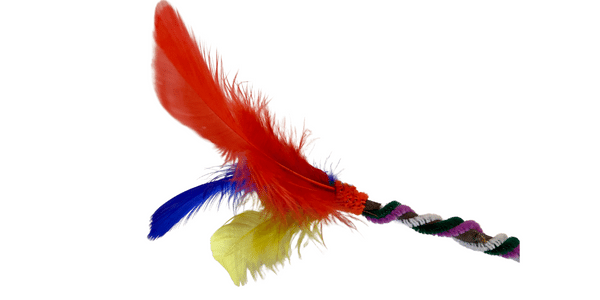
Mandalas:
Creating mandalas can be fun and relaxing and also good practice for making patterns. Find something the children can use as a base such as paper plates, cardboard cake bases, tagboard cut into circles, or any other circular object that you think will work. Then encourage children to use materials you have set out to create patterned designs which extend from the centers of their base. Designs can be created with a variety of materials, including natural materials, store bought materials, and even reusable materials from your recycling bin. We suggest items such as stones, seeds, buttons, shells, beads, pouch tops, corks, glass gems, or even colored dry pasta. These mandalas can be taken apart after creating and remade again and again.
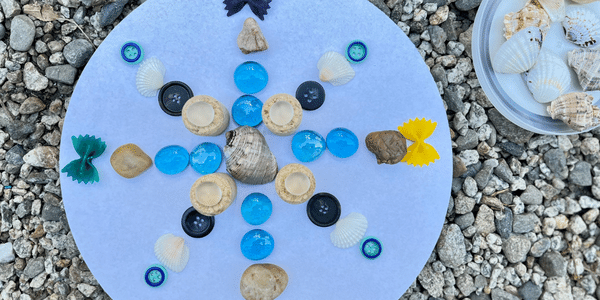
Dandelion painting:
Are dandelions growing wild near your space? Take the children out to pick dandelions and then bring them back to your work area that has been set up with paper and paint in bowls or shallow dishes. Encourage the children to dip the flowers in paint and press them onto the paper to create their own dandelion gardens. We love the idea of using green paper and yellow paint to emulate real flowers, but any colors can be used.
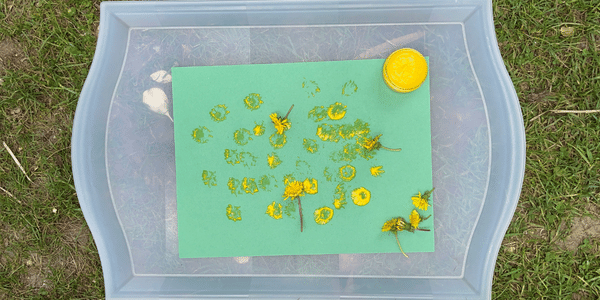
Using nature as part of your curriculum and incorporating it into process art and sensory play is perfect for spring and summer weather although, of course, it can be done year-round. When using natural materials, ideas can be shared with families for creating on their own at home, which helps to strengthen the home-school connection.
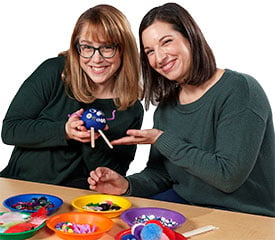
With over 30 years of combined teaching experience between them, early childhood educators Nicole Werther and Rachel Miller know just how to keep your young children engaged—let them take the lead! Their small business, Backyartists, encourages creative thinking and discovery through the magic of process art and sensory play.
Rachel and Nicole are Becker's Creative Arts Content Advisors and have used their knowledge of process art to create resources, such as blog posts and activity ideas, to inspire teachers and parents when planning projects with the Artful Goods materials.
They also offer playgroups and classes in the Boston area. Check out Backyartists.com for the most up to date offerings.
